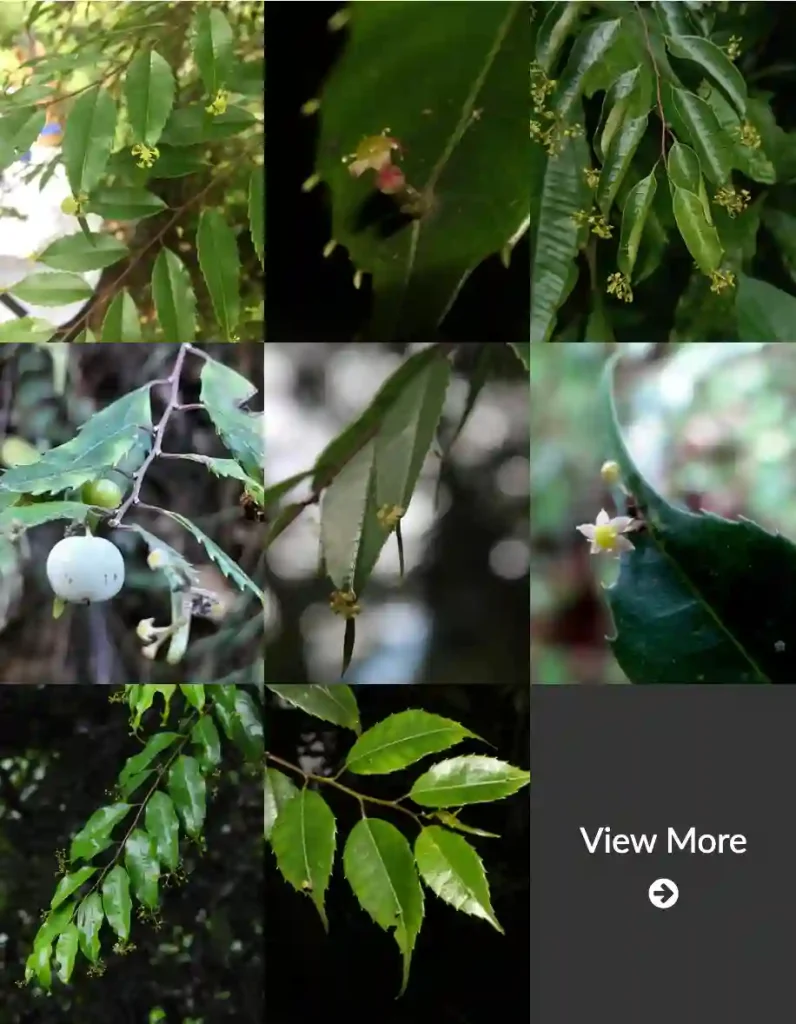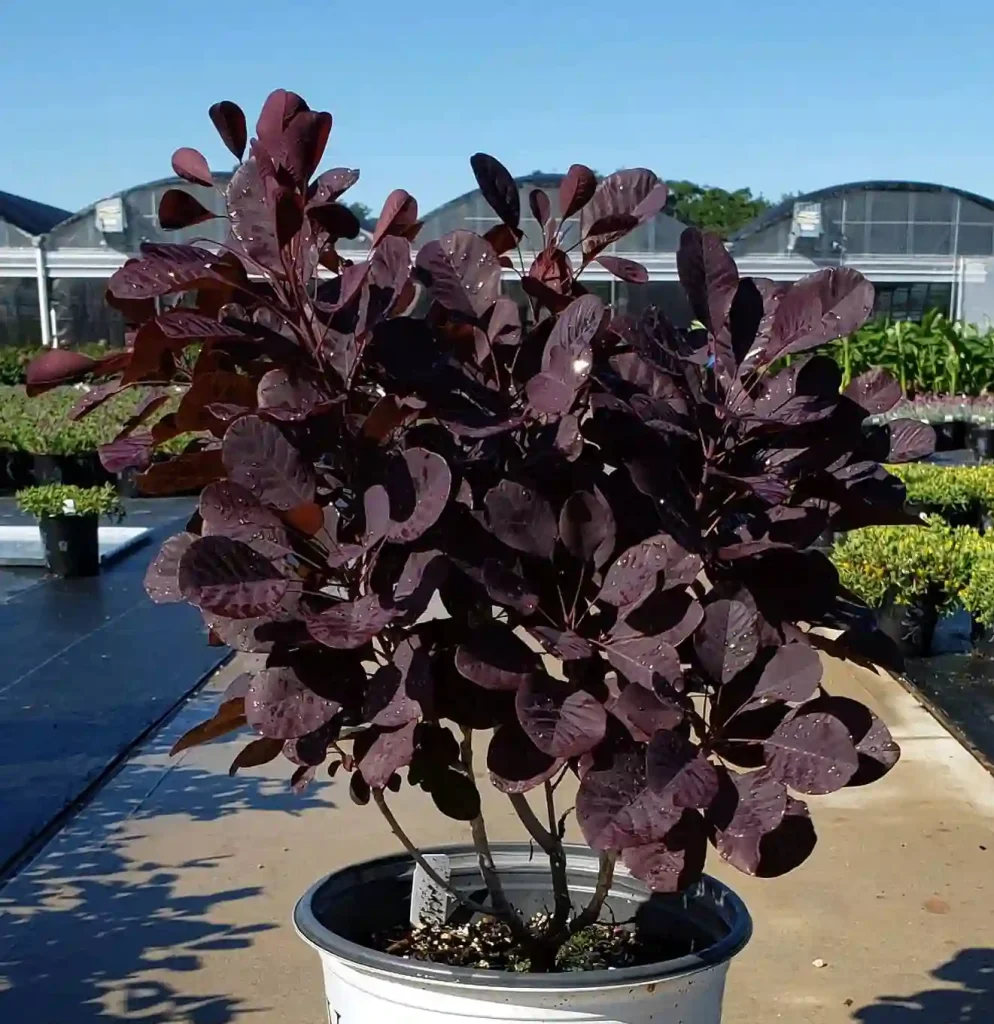Robinia: A Deep Dive with Ferb Vu
The Robinia genus has always fascinated me. Maybe it’s the delicate beauty of the flowers contrasted with the tough, thorny branches. Or perhaps it’s the way these trees thrive in diverse environments, from city streets to woodland edges. Whatever the reason, I find myself drawn to these hardy legumes, commonly known as locust trees. Join me as we explore this fascinating genus together.
What is Robinia?
Robinia is a genus of flowering plants belonging to the Fabaceae family, the same family as peas and beans. Native to North America, these deciduous trees and shrubs are recognized by their pinnately compound leaves, showy pea-like blossoms, and often thorny branches. They typically range in height from 4 to 25 meters, depending on the species and growing conditions.
The genus was named in honor of Jean Robin and his son Vespasien Robin, royal French gardeners who introduced the plant to Europe in the early 17th century. This introduction proved significant, as Robinia species have since become naturalized in various parts of Europe, Asia, and Africa.
Species within the Robinia Genus
The exact number of Robinia species is a subject of debate among botanists, with estimates ranging from four to ten. Here are:
- Robinia pseudoacacia (Black Locust): Perhaps the most well-known species, black locust is prized for its durable wood, fragrant white flowers, and ability to fix nitrogen in the soil. It is, however, considered invasive in some regions. Plant FAQs: Robinia Pseudoacacia – Black Locust
- Robinia hispida (Bristly Locust or Rose Acacia): This species is characterized by its bristly stems and pink to rose-purple flowers. It often takes the form of a shrub rather than a tree. Plant FAQs: Robinia Hispida – Bristly Locust – Rose Acacia
- Robinia viscosa (Clammy Locust): This species is distinguished by its sticky glands on the stems, petioles, and flower stalks. It produces pink to purple flowers and is often cultivated as an ornamental tree.
- Robinia neomexicana (New Mexico Locust): Native to the southwestern United States, this species features pink to rose-purple flowers and thorny stems. It is adapted to drier climates than many other Robinia species. Plant FAQs: Robinia Neomexicana – New Mexico Locust
- Robinia × ambigua Poir.
- Robinia × holdtii Beissn.
- Robinia × longiloba Ashe
- Robinia × margaretta Ashe
Why Robinia Matters
Robinia species play a significant role in both natural and human-managed ecosystems. Here are a few reasons why they matter:
- Ecological Importance: As nitrogen-fixing plants, Robinia species can improve soil fertility, making them valuable in ecological restoration projects. They also provide food and habitat for various wildlife species, including bees, butterflies, and birds.
- Economic Value: The durable wood of black locust is highly valued for fence posts, outdoor furniture, and even flooring. The fragrant flowers of some species are used in perfumes and other scented products.
- Ornamental Value: With their attractive flowers and foliage, Robinia species are popular ornamental trees in gardens, parks, and urban landscapes. Their tolerance for pollution and poor soil conditions makes them well-suited for city environments.
Challenges and Considerations
While Robinia offers numerous benefits, it’s important to be aware of potential challenges:
- Invasive Potential: Black locust, in particular, can be highly invasive, outcompeting native vegetation and altering ecosystems. Careful management is essential to prevent its spread in areas where it is not native.
- Toxicity: All parts of Robinia plants, especially the bark, seeds, and leaves, contain toxins that can be harmful to humans and livestock if ingested. It’s crucial to handle these plants with care and keep them away from children and animals.
Looking Ahead
Despite the challenges, the Robinia genus holds great promise for the future. Researchers continue to explore its potential for ecological restoration, sustainable forestry, and even medicinal applications. As we learn more about these versatile plants, we can harness their benefits while mitigating their risks.
I, for one, am excited to see what the future holds for Robinia. Whether it’s developing new cultivars with improved traits or finding innovative ways to utilize its valuable wood and other products, the possibilities seem endless. One thing is certain: this fascinating genus will continue to play an important role in our world for many years to come.
If i die, water my plants!



